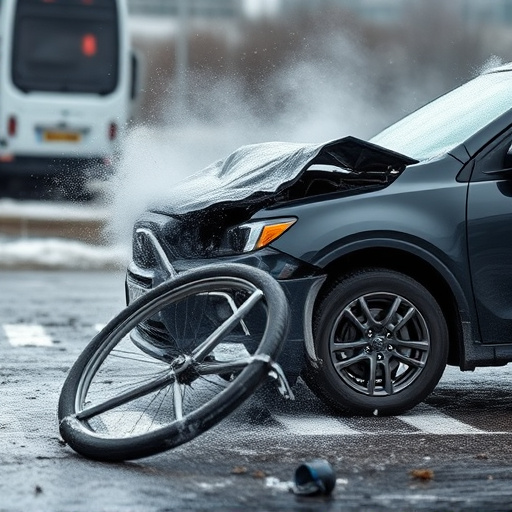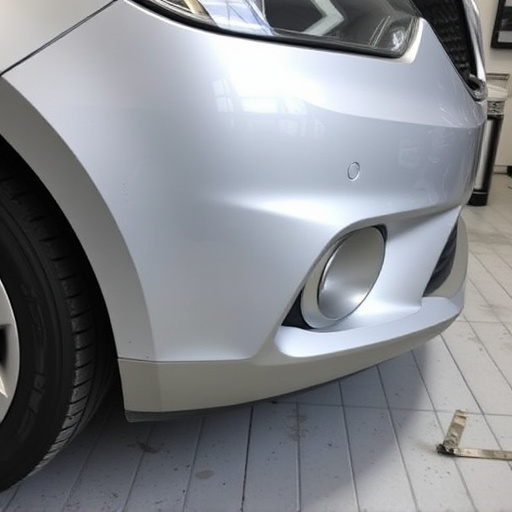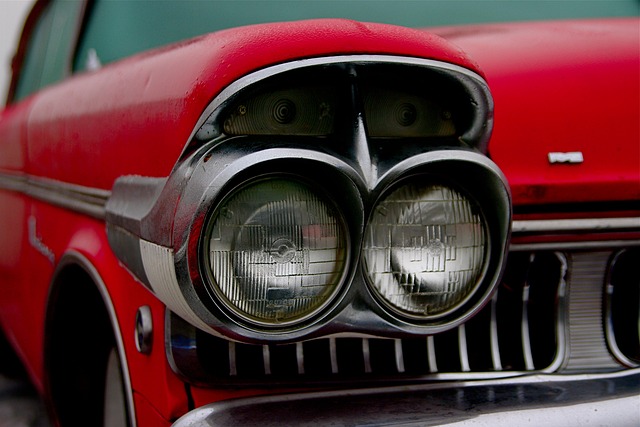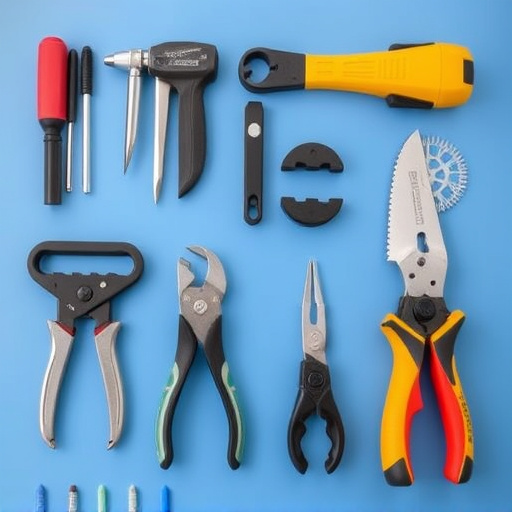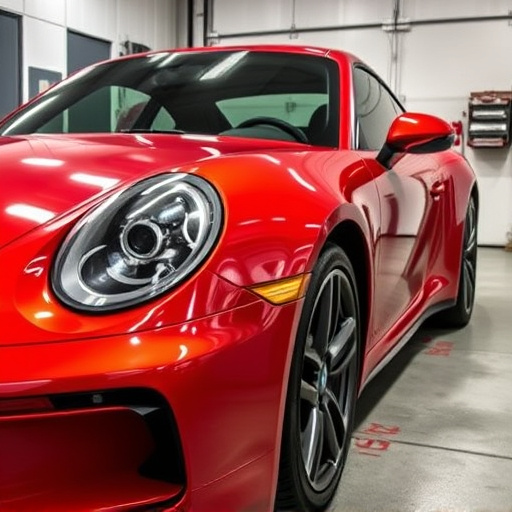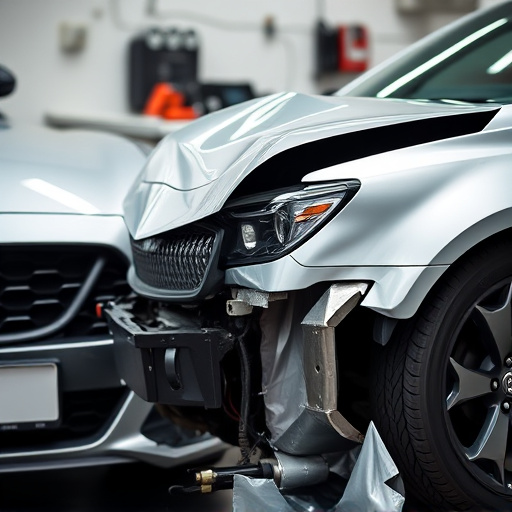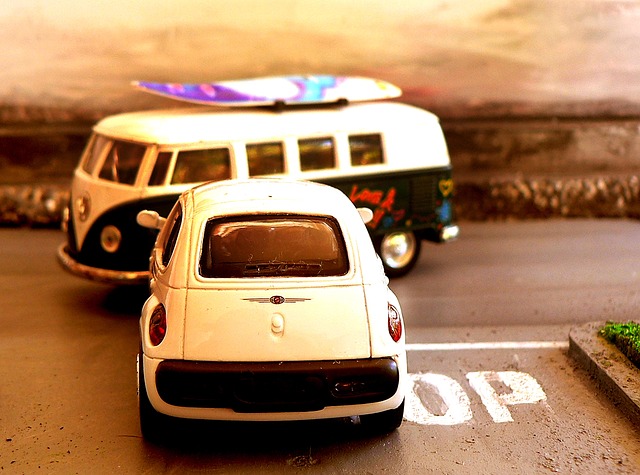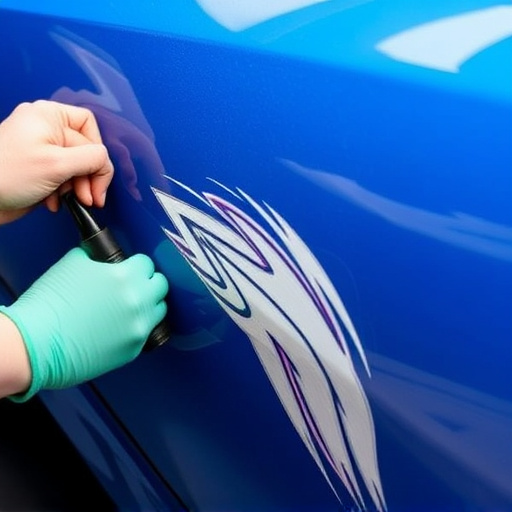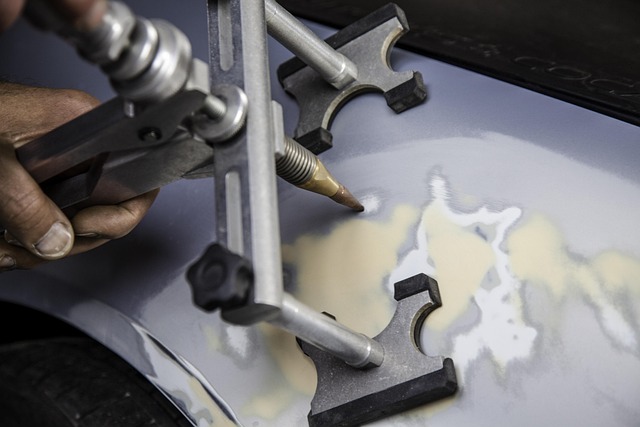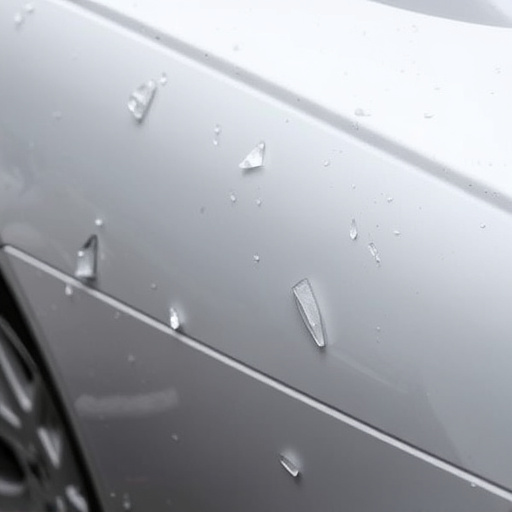Pearl finish restoration is a popular automotive aesthetics trend, offering various techniques for distinct visual effects. For collision repair or frame straightening projects, choosing the right pearl finish is key to both aesthetics and longevity. Restoring a pearl finish requires careful preparation, specialized tools, and expert assistance from a qualified collision repair shop. The meticulous process involves cleaning, sanding, applying undercoat, mixing & layering pearl pigment and clear coat, finishing with high-quality clear coat protection.
“Discover the art of reviving your surfaces with our comprehensive guide to pearl finish restoration. This detailed tutorial is designed for both DIY enthusiasts and professionals, offering insights into the diverse types of pearl finishes and their distinct qualities. From preparation techniques to a step-by-step approach, you’ll learn how to select the right materials and achieve a flawless, lustrous result. Revive your old furniture, enhance decorative pieces, or add a touch of elegance to any project with this expert-level restoration guide.”
- Understanding Pearl Finish: Types and Their Unique Characteristics
- Preparation and Materials Required for Successful Restoration
- Step-by-Step Guide to Achieving a Flawless Pearl Finish Restoration
Understanding Pearl Finish: Types and Their Unique Characteristics
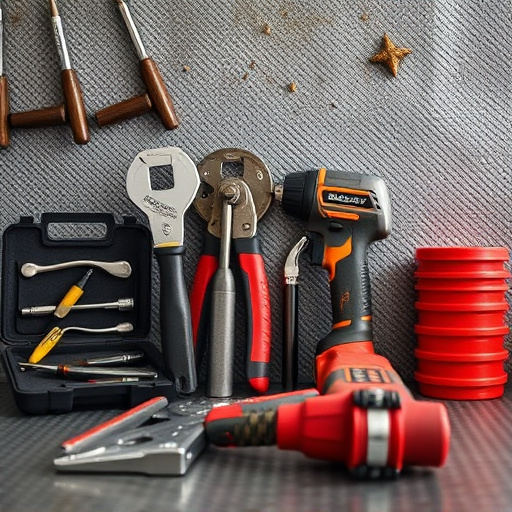
Pearl finishes are a unique and elegant type of coating that has been gaining popularity in the automotive industry for their ability to create a deep, glossy, and iridescent look. Understanding the different types of pearl finish and their distinct characteristics is crucial when planning a restoration project. These finishes can range from solid colors with subtle pearl effects to complex multi-layered designs featuring various metallic tones and shimmery highlights.
The term “pearl finish” encompasses several techniques, including clear coat pearl, metalized pearl, and hybrid pearl. Each method imparts a unique visual appeal. Clear coat pearl is achieved by layering a clear coat over a solid color or another pearl layer, resulting in a vibrant, glossy finish with subtle iridescence. Metalized pearl, on the other hand, uses a thin layer of metallic foil or flakes embedded within the coating, creating a more intense, reflective appearance. Hybrid pearl combines elements of both, offering a complex and nuanced look that can change based on viewing angle. When planning a restoration, whether for collision repair or frame straightening, selecting the appropriate pearl finish type is essential to achieve the desired aesthetic outcome and ensure the long-lasting beauty of the vehicle’s body shop services.
Preparation and Materials Required for Successful Restoration
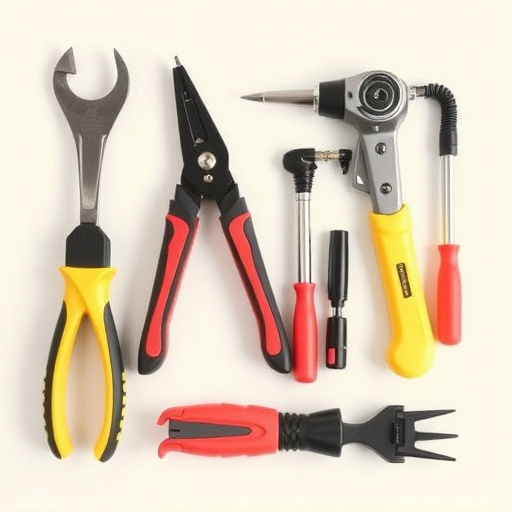
The successful restoration of a pearl finish requires meticulous preparation and the right materials. Begin by gathering all essential tools, including specialized polishing compounds, microfiber cloths, and fine-grit sandpaper designed for delicate finishes. A collision repair shop or car body shop with expertise in pearl finish restoration is ideal, as they have access to high-quality products and skilled technicians.
Ensure a clean surface before starting the restoration process. This involves removing any dirt, dust, or contaminants using dedicated cleaning solutions. The next step is to lightly sand the affected area with fine-grit sandpaper to buff out imperfections without compromising the pearl finish. After sanding, thoroughly wipe down the surface and allow it to dry completely before applying the appropriate polishing compound.
Step-by-Step Guide to Achieving a Flawless Pearl Finish Restoration
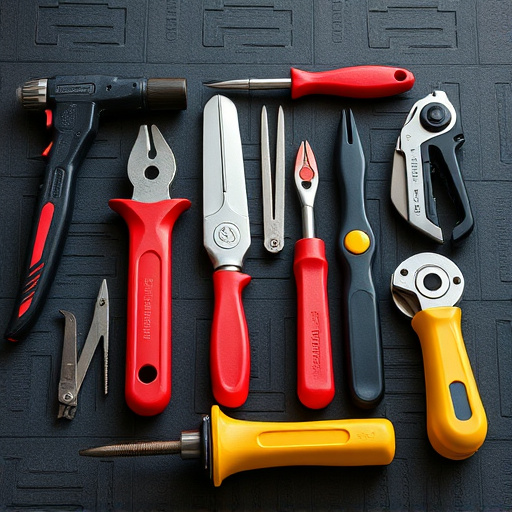
Restoring a pearl finish to its former glory involves a meticulous process that requires attention to detail. Here’s a step-by-step guide for achieving a flawless pearl finish restoration, whether on your car bodywork or other vehicle surfaces.
Start by thoroughly cleaning and decontaminating the surface to remove any dirt, grease, or existing sealers. This crucial step ensures optimal adhesion for the new pearl coat. Next, inspect the panel for any imperfections like scratches, dings, or rust spots. Minor damage can be addressed using specialized auto repair services, such as paintless dent repair techniques, to ensure a seamless finish. Once the surface is pristine, apply an undercoat specifically designed for pearl finishes, allowing it to dry completely. Following this, carefully select and mix the appropriate pearl pigment with a clear coat base, creating a unique and stunning shade. Apply multiple thin layers of this mixture, letting each layer cure as per the manufacturer’s instructions before moving on to the next. This gradual build-up technique not only ensures a vibrant, durable finish but also helps fill in any minor imperfections. Finally, apply a high-quality clear coat to protect the pearl finish and enhance its luster, completing your pearl finish restoration project.
Pearl finish restoration is an art that can transform old or damaged surfaces into stunning, eye-catching displays. By understanding the different types of pearl finishes and their unique characteristics, you’re well-equipped to choose the right approach for your project. With the proper preparation, materials, and a step-by-step guide, achieving a flawless pearl finish is within reach. Whether you’re a professional or a hobbyist, mastering this technique will enable you to create beautiful, lasting results that enhance any space.
